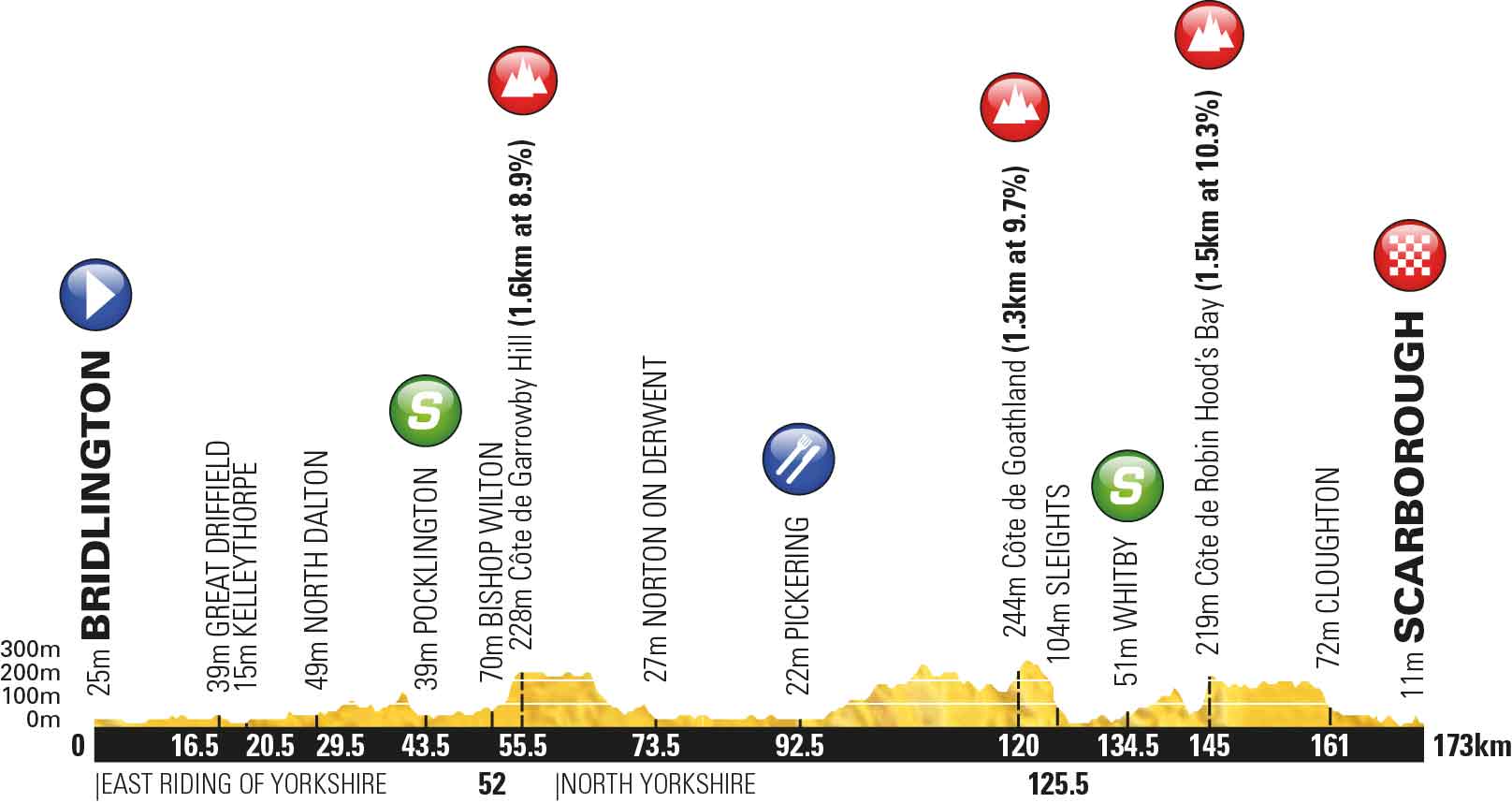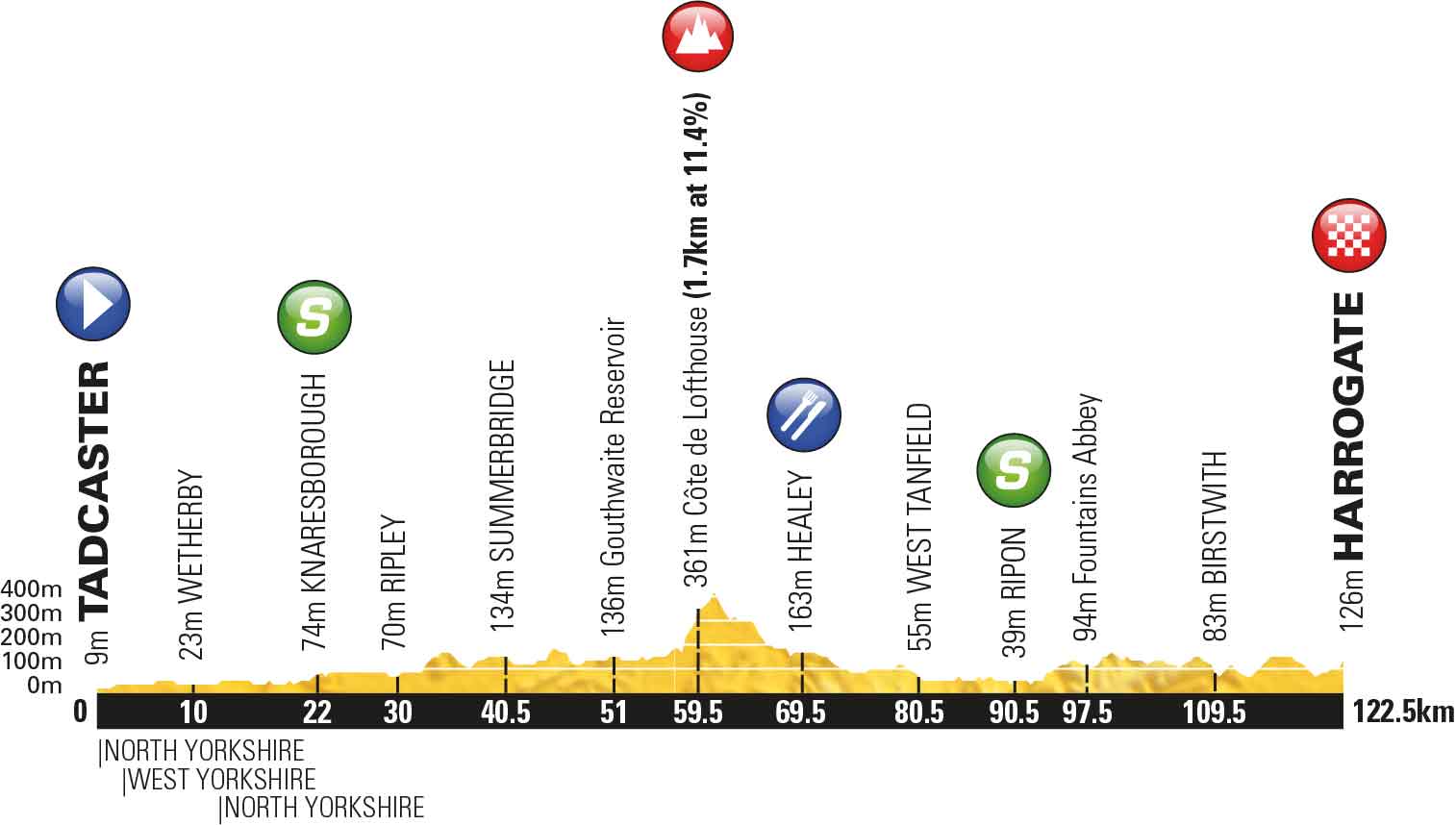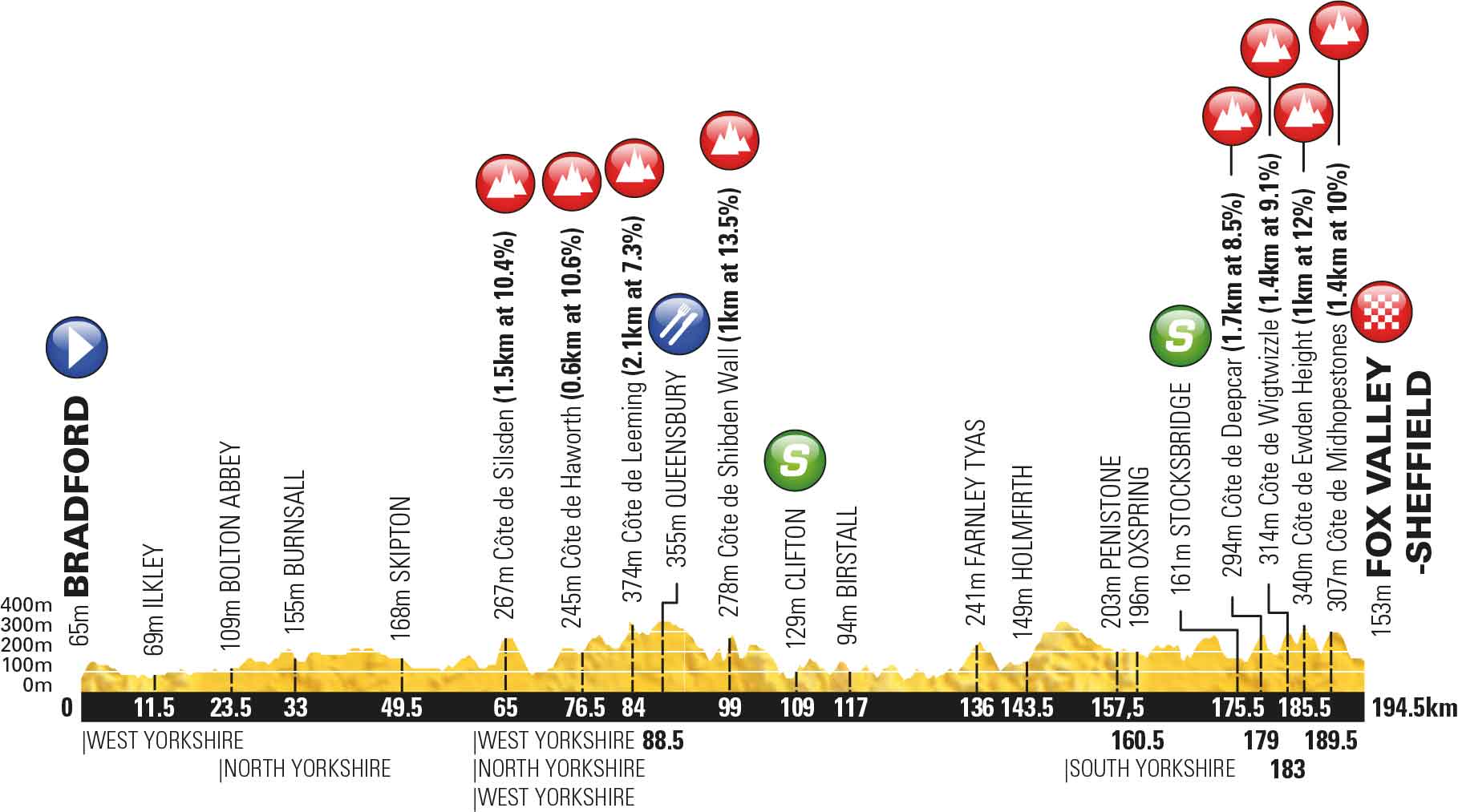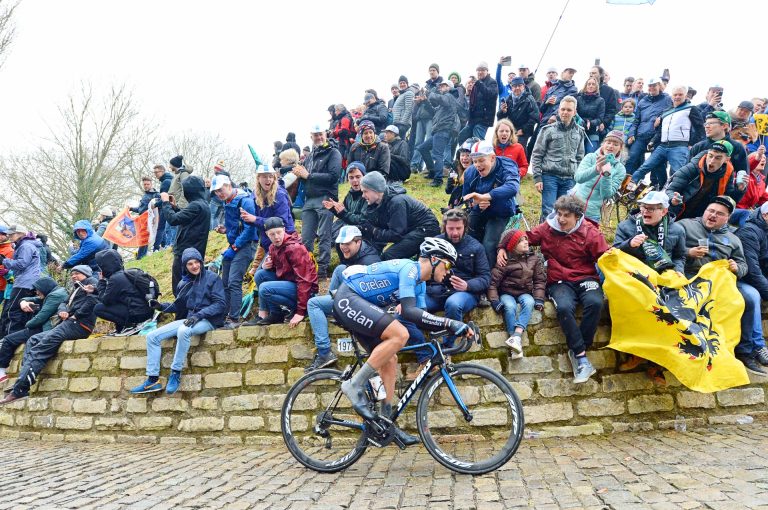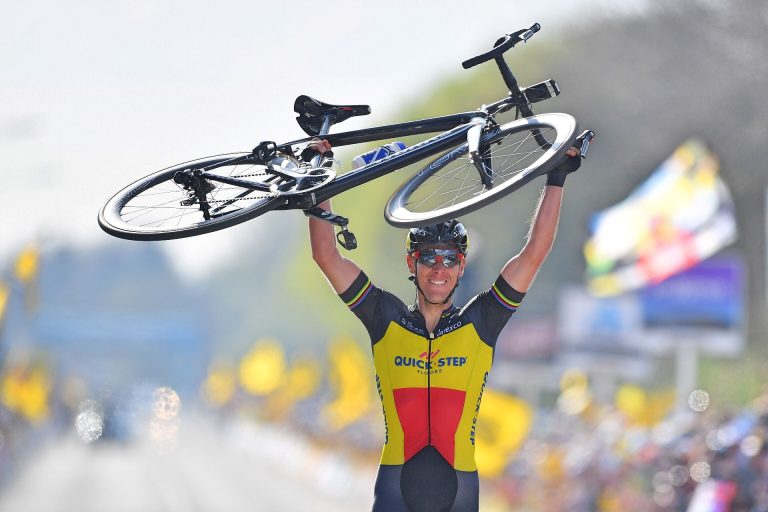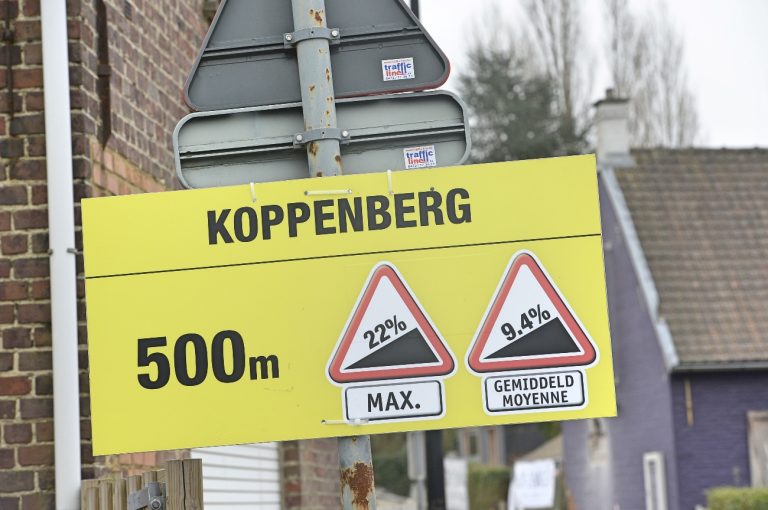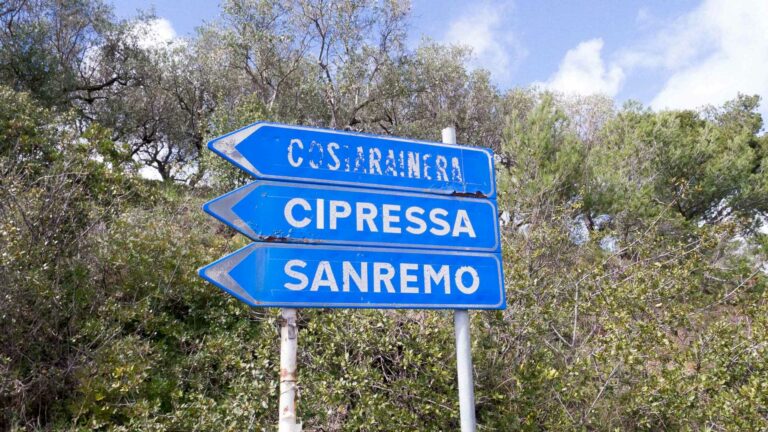The route for the third edition of the Tour de Yorkshire could also be the most brutal, with a real sting in the tail of what promises to be an enthralling three days of racing.
Launched as a legacy event following the Tour de France Grand Depart in 2014, Lars-Petter Nordhaug and Thomas Voeckler have emerged victorious at the two editions to date, on courses characterised by heavy roads and short, steep climbs.
But the 2017 route packs in more thigh-numbing climbs, wide-open moorland and even cobbles than the previous two years did, which should make for a promising three days in the White Rose county.



